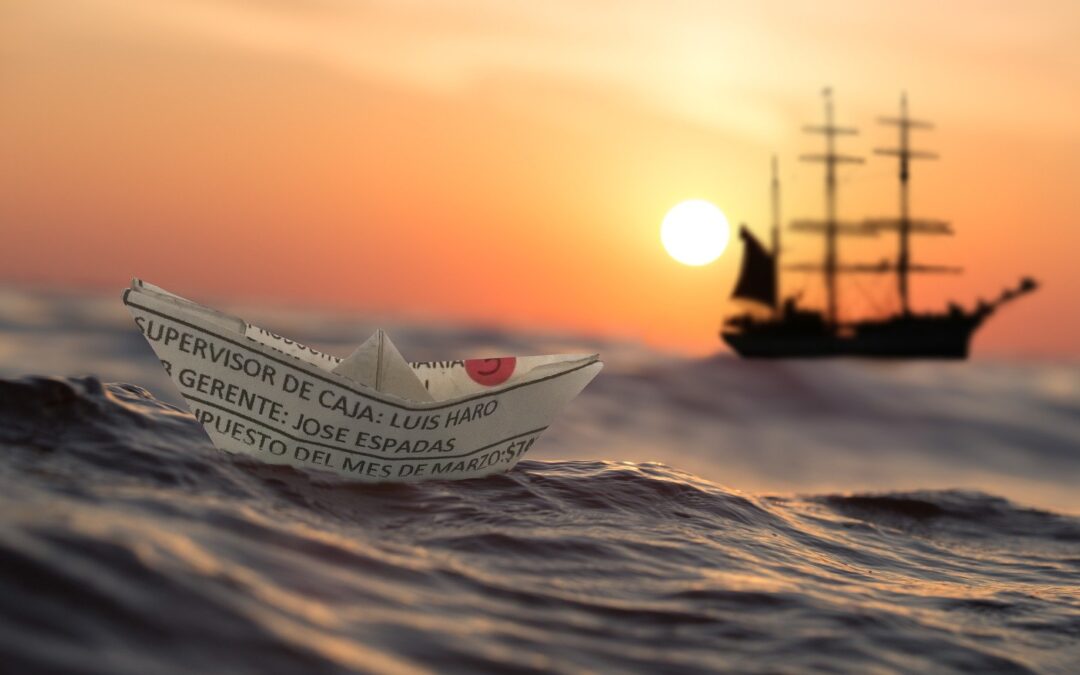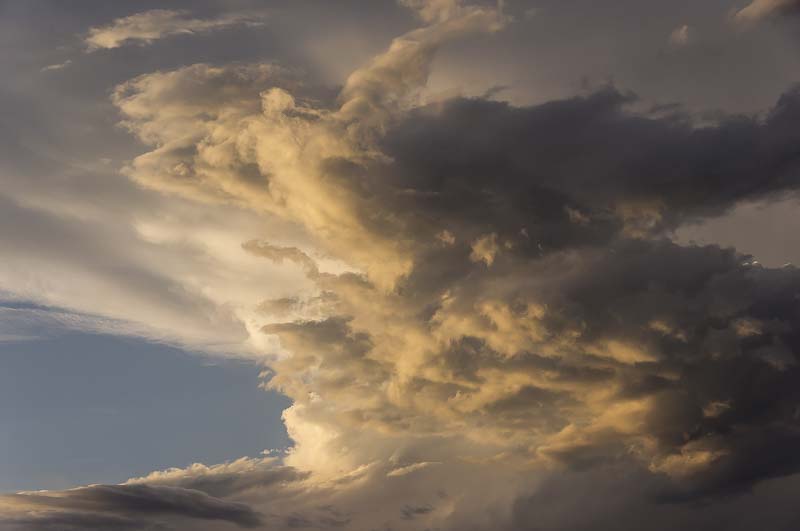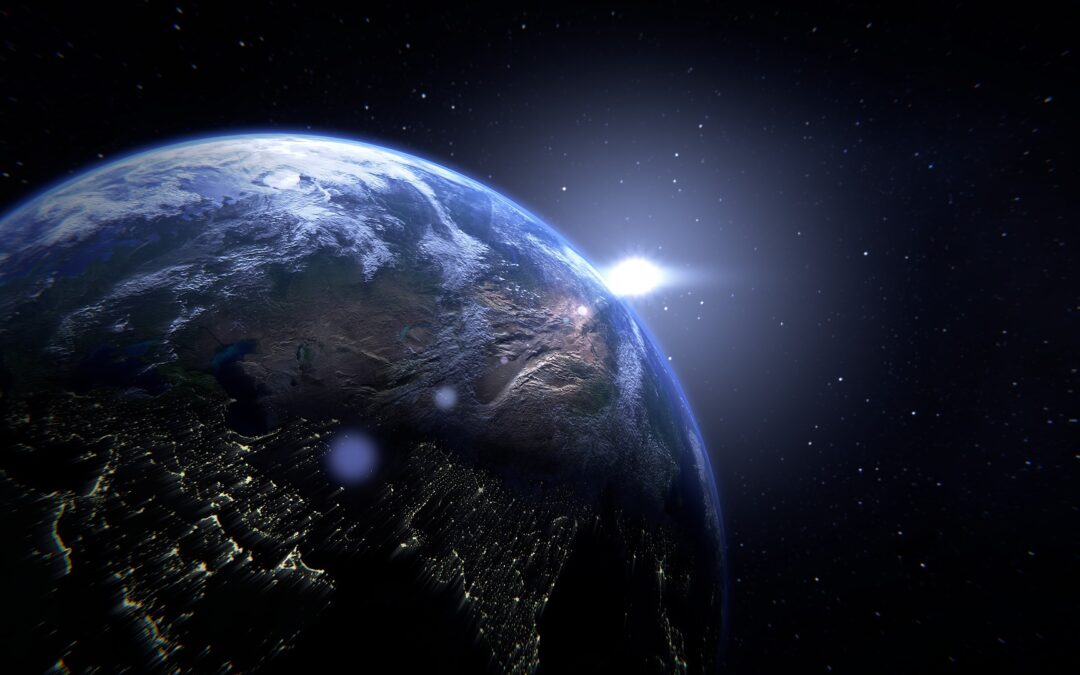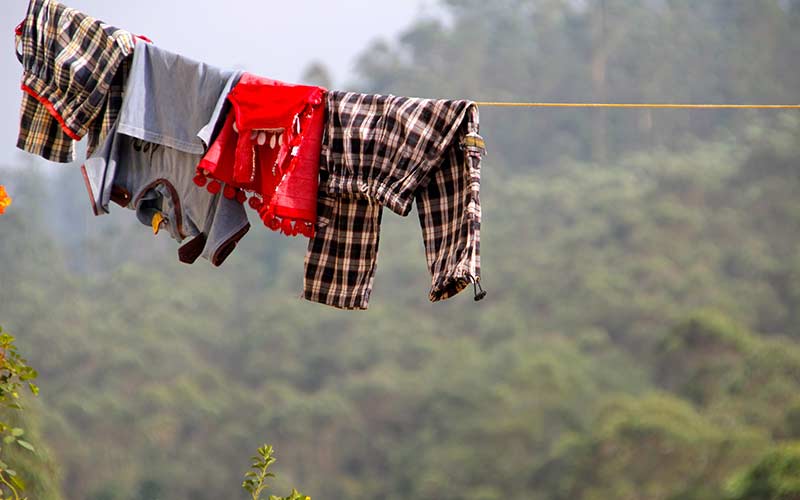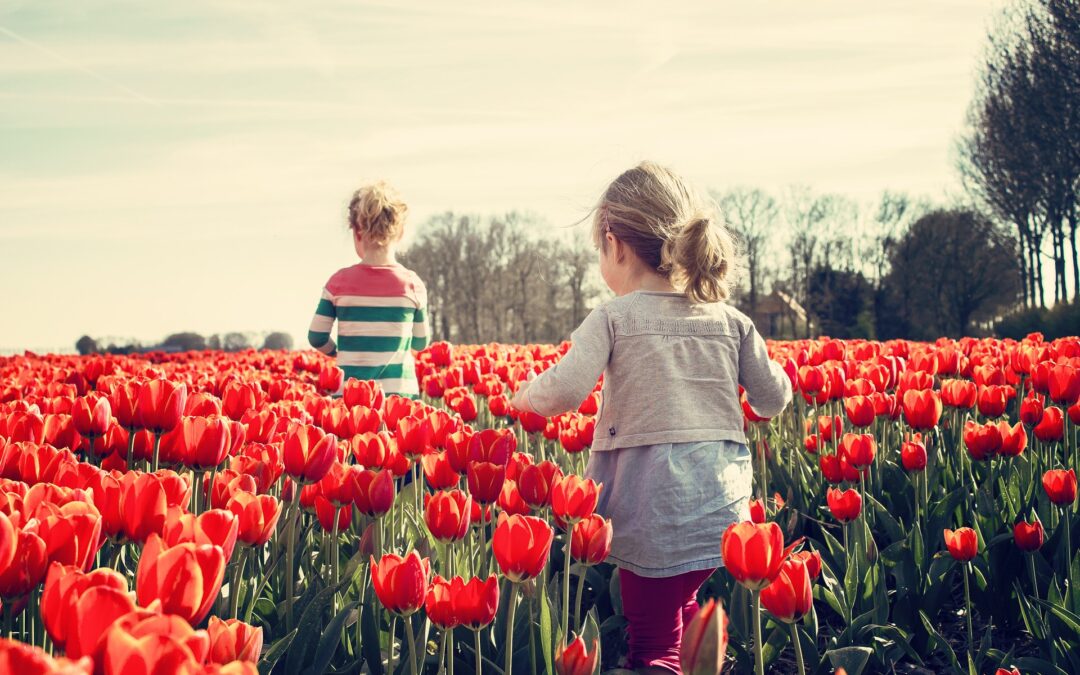Let’s explore Earth Day and green living choices you can make! While “green” includes topics from recycling to solar energy, we’ll simply define it as making efforts to use fewer resources while creating less waste and a lower impact on the environment.
What is Earth Day?
Earth Day is an international holiday devoted to making people aware of how their choices affect the environment and how they can protect it. The first Earth Day took place in 1970 and is now observed in nearly 200 countries across the world; gatherings often include a mix of science and art activities.
Are there any local Earth Day activities for kids where you live? In many communities, Earth Day is as simple as a city clean-up day where citizens and businesses band together to clean up trash.
The Three Rs
One of the easiest Earth Day activities for kids is to teach them about the three Rs. The most common green practices are the three Rs: reduce, reuse, and recycle.
- Reduce means cutting down on waste and energy usage (like garbage and electricity).
- Reuse means to find another way to use something rather throwing it away (like using a jelly jar for a drinking glass).
- Recycling makes new things out of old things (soda pop cans are made of mostly recycled aluminum).
Do you and your family already practice the three Rs? How many ways to reduce waste and energy usage can you think of? One example is turning off lights when you leave a room. How many different reuse techniques can you think of? One way is to cut up ripped, stained, or old t-shirts to use as cleaning rags. Do you know what items are recyclable where you live? Plastic bottles (with a 1 or 2 on the bottom), cans, and newspaper are usually recycled in most areas. What else does your local recycling center take?
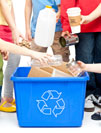
But why do the three Rs matter? Have you ever wondered what happens to the garbage (or waste) the garbage truck removes from your curb each week? It’s usually taken to a landfill. Some experts say that the average American produces four pounds of solid waste each day! As you can imagine, all that garbage adds up, and we’re running out of places to put it. And landfills don’t break down garbage; they simply bury it from view. That means even once a landfill closes and no longer accepts trash, the garbage that’s stored there will remain and need to be monitored to ensure it doesn’t interfere with the earth, air, and water in the area and harm the plants, animals, and people living nearby. When you reduce, reuse, and recycle, you’re decreasing the amount of waste that ends up in a landfill.
Resources and Energy
Natural resources are materials that occur naturally, like water, land, and coal. Humans use natural resources for all kinds of things, like heating our homes, fueling our cars, and to make other things, such as plastic. Natural resources can be put in two categories: renewable and nonrenewable.
Renewable resources are things like wind and sunlight. They are constantly being replaced. Nonrenewable resources are things like land, water, and fossil fuels, such as oil and coal. They are either not replaced, or else replaced on the Earth very slowly over a long period of time. Fossil fuels are made from plants and animals that lived on the Earth a long, long time ago. We rely on fossil fuels for heat, to make electricity, and for fuel to drive cars.
Even though using fossil fuels helps people, we’re using them up faster than they’re being replenished. Some sources estimate that 90% of the world’s energy use comes from fossil fuels! Additionally, when we burn fossil fuels, it can release harmful toxins into our air (also known as pollution). Some people think a good way to use less fossil fuel is to use more renewable resources for energy, like the wind, water, and the sun. These are known as alternative or renewable energy sources.
Wind Power
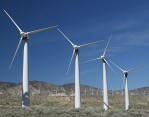
Wind is also a form of renewable kinetic energy. Kinetic means energy in motion. For centuries people have used windmills to turn moving energy into a mechanical form to do things like grind grain or pump water. But today, we mostly use energy in the form of electricity, so we turn wind power into electricity. Instead of windmills, today we use wind turbines, which are designed to produce electricity to feed into the local power grid. Have you ever driven through the country and noticed a line of wind turbines in a field? These are wind farms where a group of turbines work together to produce energy.
Fizzy Earth Day Chemistry Experiment
What you need:
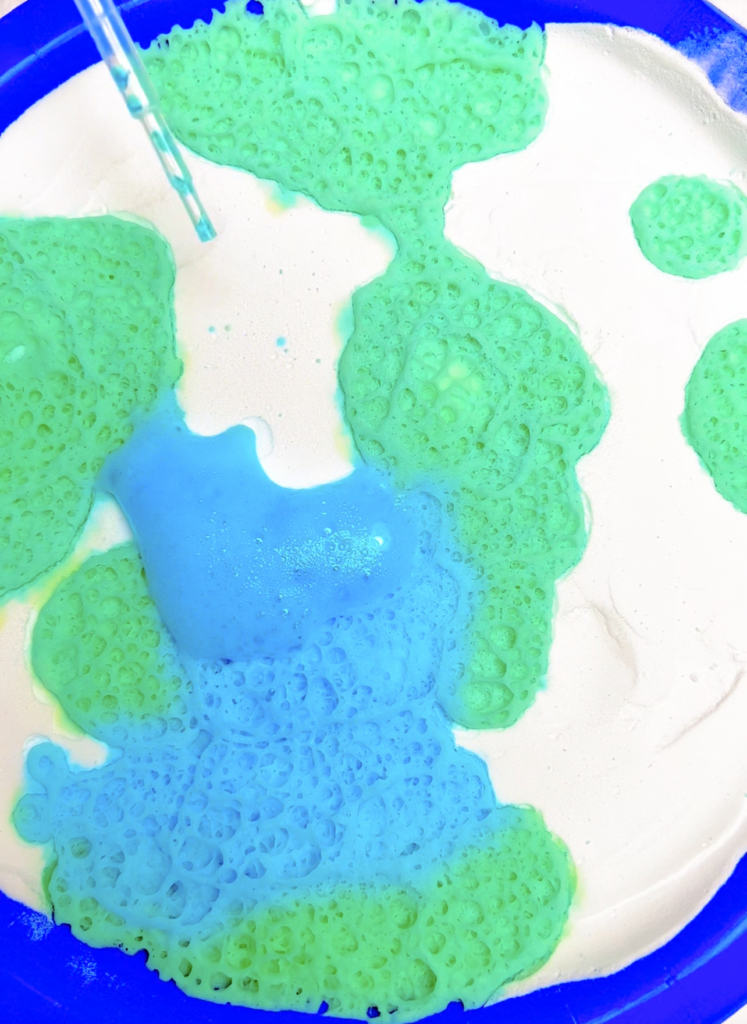
- Vinegar
- Baking soda
- Pie pan or plate
- Pipette
- 2 cups
- Stirring sticks
- Blue and Green Food Dye
What you do:
- Fill two small cups about half way with vinegar.
- In the first cup, add 3-4 drops of blue food dye
- In the second cup, add 3-4 drops of green food dye
- Use your stirring sticks to mix the color into each cup
- In your pie pan, put a ½ inch layer of baking soda into the bottom.
- Spread the baking soda evenly in the pan
- Using a pipette, drop vinegar from the green cup into the pie plate.
- Watch as the vinegar reacts with the baking soda.
- Add drops of the green vinegar to create your land masses.
- When you’re finished making your green land masses, use the second pipette to use the blue vinegar to create the oceans.
- Fill all of the white baking soda area with blue vinegar.
What Happened?
Nothing much happened when you mixed the vinegar and food coloring. When you dropped the colored vinegar onto the backing soda, you witnessed a chemical reaction. A common chemical reaction between the baking soda (which is a base) and the vinegar (an acid) is what caused all the fizzing and bubbling! When the vinegar and baking soda mixed, carbon dioxide (CO2) gas was produced
Try dropping more colored vinegar into your modeled Earth. Was there enough baking soda left to cause another reaction? If nothing happens, all of the baking soda was used up in the first reaction, so pour a little more baking soda into the bottle to see it react again.
Make an Anemometer
What you need:
- 4 small paper cups
- strips of stiff cardboard, about 3×12″
- Stapler
- Sharpened pencil with eraser
- Pushpin
- Modeling clay
- Stop watch
- An adult’s help (with cutting and stapling)
What You Do:
- Color the outside of one cup.
- Cross the cardboard strips to form a plus sign. Staple them together.
- Staple the cups to the ends of the plus sign, making sure they’re all facing the same way.
- Stick the pushpin through the exact middle of the plus sign into the eraser of the pencil.
- Stick the pointy side of the pencil in to the clay and mound it up so your anemometer can stand.
- Make sure your anemometer spins freely. If not, you may need to adjust it a bit.
- Take it outside and set it down in an open area.
- Using the stopwatch, count how many times the colored cup goes around in one minute.
What happened:
You measured the wind’s speed in turns (or revolutions) per minute (RPM). Weather services use anemometers to measure wind, but they convert the RPMs into miles per hour to tell us how windy it will be. To be considered a good wind resource to produce wind power, the wind speeds need to be at least 13 miles per hour, on average. Use your anemometer to measure wind speeds at different times of day over several days. According to your anemometer, is wind a good resource where you live?
Check out our pinwheel wind turbine project > >
Solar Energy
Solar energy comes from the sun. The sun shines in the day, giving us light. It also makes the earth warmer, giving us heat. The sun has a lot of energy, which comes to the earth through light. Rays of light have energy. This energy can be changed into electricity with a solar cell. A solar cell collects sunlight, and then the sunlight breaks up into electrons and protons which flow through wire and bring electrical energy to a light bulb or other object that is connected to it. Solar energy can be used for a lot of things, such as powering vehicles, traffic lights, lights in a home or outdoors, heating water, cooking food, and more.
- Make a pizza box solar oven
- Download a printable pdf of our solar oven cookbook
Want to take on more? Check out our earth science kits for all ages!

